-
Posted On Tuesday, March 17, 2020 by Evan Lamolinara
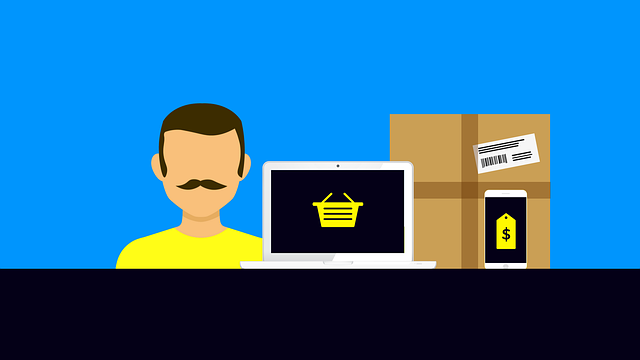
In the B2B industry, sales tactics can be classified as either soft or hard, depending on what they encompass. Seasoned sales reps often use both types of tactics to engage with prospects, it all depends on what the situation warrants. Soft selling is a more personal approach or subtle persuasion, whereas hard selling is a more direct approach. Unless you're familiar with these two main categories of sales tactics, though, you might be wondering how they differ. Below, you'll learn more about the nuances between soft selling and hard selling in the supply chain and logistics industry.
What Is Hard Selling?
Hard selling is a catch-all term that refers to the direct sales tactics in which a sales rep -- or any other worker with the authority to sell products or services on behalf of their company – directly asks a buyer to make a purchase. With hard selling, you are using more insistent language to get the prospect to do something, like purchase your company’s product or service. It's a straightforward approach that, when performed correctly and respectfully, can quickly engage the prospect to take action on the spot.
What Is Soft Selling?
Soft selling, on the other hand, refers to the tactic of subtle persuasion that place sales on the back burner and, instead, focus on building and nurturing relationships with the prospect. Like with hard selling, the primary goal of soft selling is to generate a sale. Soft selling, however, prioritizes building relationships with buyers. You still want to generate a sale when using soft selling tactics, but you use other soft closing techniques like the summary close, to reach the sale.
Benefits of Hard Selling
The primary benefit of hard selling is that offers immediate or near-immediate results. It takes time to nurture buyers with soft selling. You may spend days, weeks or even months describing the benefits of your B2B company's product or service and why the buyer should purchase it. With hard selling, however, you can get straight to the point, which may result in a shorter sales cycle.
Supply chain and logistics buyers often respond well to hard selling because they have little or no free time to talk with sales reps. As you may know, buyers in the B2B industry consist of decision-makers, including CEOs, plant managers and other upper-level executives. As a result, they are usually busy running their own business, so engaging them directly with hard selling allows you to quickly convey your sales message.
You can use a variety of channels to perform hard selling. You can directly pitch your B2B company's products or services to buyers by phone, email, text message, social media, direct mail and even in person.
Benefits of Soft Selling
There are still reasons to use soft selling, one of which is a better chance of overcoming sales objections. Not every buyer whom you contact will agree to make a purchase. For every 50 buyers whom you contact with a sales offer, you may generate just two to 10 sales. Maybe a buyer isn't ready to make a purchase yet, or perhaps he or she believes the price is too high. Regardless, soft selling allows you to overcome sales objections such as these, essentially capturing a sale that would have otherwise been lost.
You'll also have the ability to dig deeper into the unique needs of buyers with soft selling. If you rely strictly on hard selling tactics, you won't be able to ask buyers many informative questions. Instead, you'll spend most of your time pitching your B2B company's products or services, which may or may not result in a sale. For a more effective sales strategy, use soft selling tactics to gain a better understanding of buyers' needs.
Of course, soft selling also supports a variety of channels -- just like hard selling. In fact, soft selling actually supports more channels since it uses an indirect approach to generate sales. Publishing content on your B2B company's website, for instance, can be considered soft selling. If the content offers value to buyers, it may improve buyers' perception of your company's brand.
Use Both Techniques
To be the best you can be for your supply chain or logistics customer, it’s best to use both techniques. That’s because not all prospects are the same. Listen to the response of the prospect first when making the initial contact. This will help you to decide if a hard sell or a soft sell is the better approach.
Be sure to constantly pay attention. You may begin with a hard sell based on their feedback, but if you notice them ‘pulling back’, or changing course, they may realize they were being too harsh and would prefer a more-soft sell approach.
That’s our job as sales people. Know your situation and respond to what the customer wants and needs to build a long-lasting relationship that produce on-going sales.
Now that you’re ready, call a few Project Reports to get your pipeline even more active. These are companies that are growing: planned industrial construction, expansion, relocation, equipment modernization projects. You will have all the contact names, titles, phone numbers and email addresses. It’s everything you need, supplied by our researchers, to make a successful call and utilize the technique that fits the person. Good Selling!
What to learn more? Get in Touch
Latest Posts
-
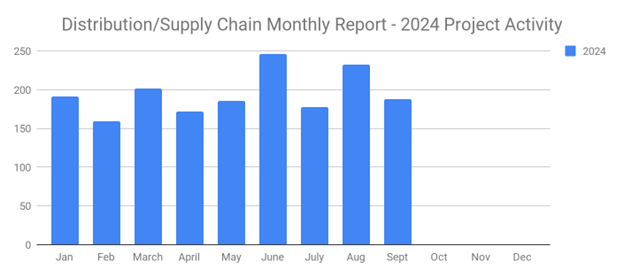
A Comprehensive Overview of 188 New Distribution and Supply Chain Projects for September 2024
-
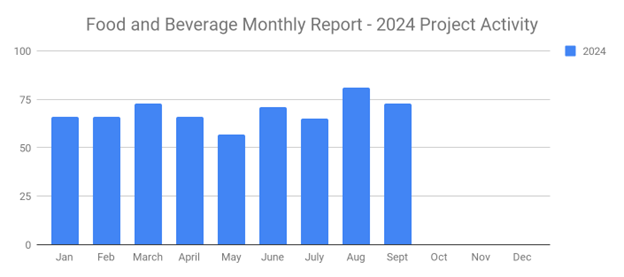
73 Fresh Food and Beverage Projects in September 2024: Industry Growth and Opportunity
-
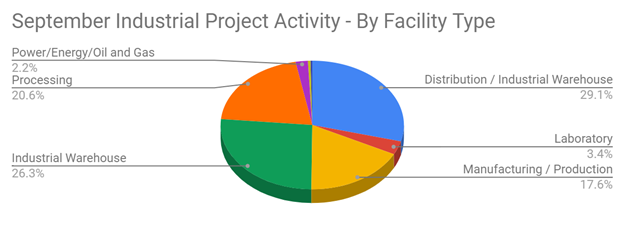
September 2024 Latest Trends in Industrial Project Activity for Construction Projects
-
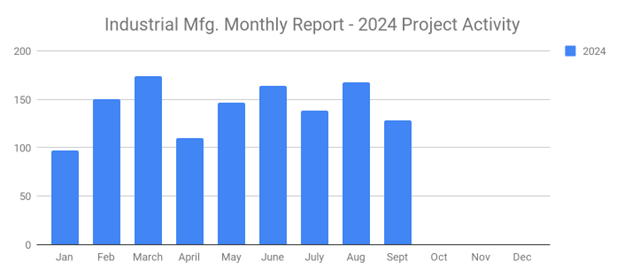
128 Promising Industrial Projects on the Horizon for September 2024
